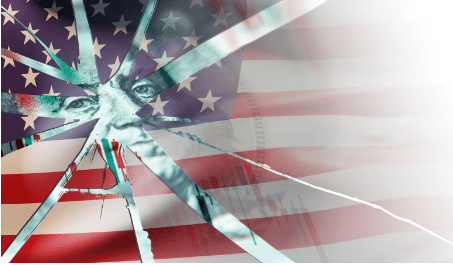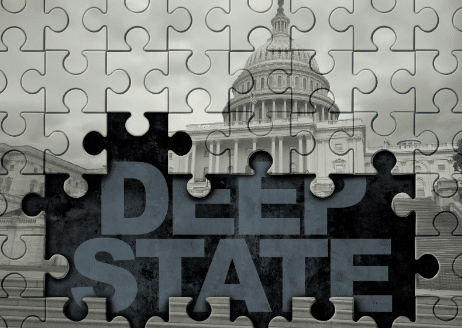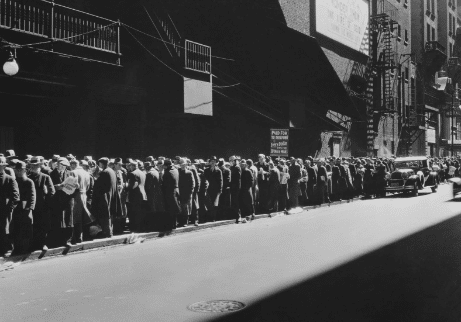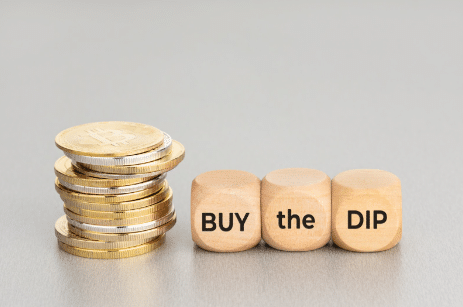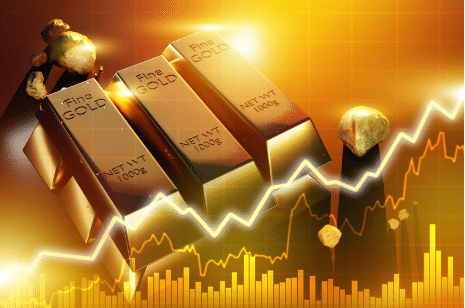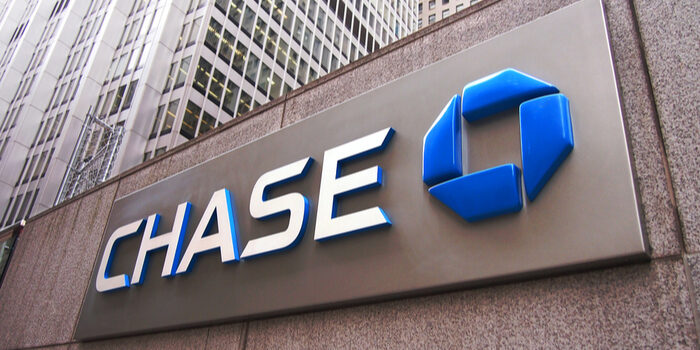
Another JPMorgan Director Pleads Guilty to Manipulating Precious Metals Prices
Virtually every silver investor knows that JPMorgan has been manipulating silver bullion prices for years. JPMorgan’s depository houses the largest stash of physical silver ever amassed, rivaling that of the Hunt Brothers in the ’80s, and even that of Berkshire Hathaway’s holding in the 90s.
With nearly enough silver to corner the market, JPMorgan has long occupied a unique position to manipulate silver prices through the derivatives market. But as a second trader, recently caught, pleads guilty to price manipulation, a crackdown by the US Justice Department might have any investor wondering whether JPMorgan might still be capable of continuing this long-standing practice.
Earlier this month, a former JP Morgan director, Christian Trunz, pleaded guilty for manipulating the precious metals markets--a practice he had been doing for the last nine years. Trunz pleaded guilty to conspiracy as well as spoofing (a strategy that involves placing fake orders to obscure the appearance of “order flow” in order to manipulate the price of a given commodity).
According to the plea, Trunz placed thousands of orders in the precious metals futures markets, none of which were ever intended to be executed. Now, one might easily assume that Trunz was operating in a “rogue” manner. But his case was different. He wasn’t operating discreetly within an unsuspecting firm. As Trunz admitted to the Justice Department, he “learned to spoof from more senior traders, and spoofed with the knowledge and consent of his supervisors.”
Over the last five years, the Justice Department has brought forth multiple criminal investigations into the financial practices of corporate traders and big banks. To date, federal prosecutors have brought forth 12 spoofing cases. In most of these cases, defendants have largely pleaded guilty.
Trunz is the second JPMorgan precious metals trader to get caught over the last ten months. The first was John Edmonds who entered a guilty plea last October, admitting to working with numerous “unnamed co-conspirators” in the manipulation of precious metals prices for JPMorgan from 2009 to 2015.
Similar to Trunz, he too claimed that he learned his illegal trading tactics from senior traders, implementing those tactics with the full knowledge and consent of his senior managers.
Price rigging has become a widespread practice among big banks. What began as an illicit activity among a handful of rogue traders evolved into an institutional initiative--organized and designed to operate sustainably across a long-term horizon.
Despite the Justice Department’s ongoing investigations, many of the banks caught red-handed have not had their trading privileges revoked. Very few have been held accountable for their actions beyond having to pay relatively small fees, the funds of which can easily be replenished by more price rigging activity. It makes you wonder to what extent these institutions hold sway over politicians in Washington.
But it appears that the tide may be turning, as more and more traders are willing to cooperate with the Feds--and that some institutions like Bank of America and Deutsche Bank have begun cutting deals with federal prosecutors.
In the case of JPMorgan, investors may be wondering how a Justice Department investigation into price manipulation may affect the silver market. If JPMorgan has been suppressing silver prices over the last nine years, will silver be able to rise toward a price that more accurately reflects its natural state of supply and demand now that their price rigging activity may experience something of a temporary (or hopefully permanent) halt?
The financial market is crumbling and EVERYONE will be affected. Only those who know what's going on and PREPARE will survive... dare we say thrive. Our 7 Simple Action Items to Protect Your Bank Account will give you the tools you need to make informed decisions to protect yourself and the ones you love.




